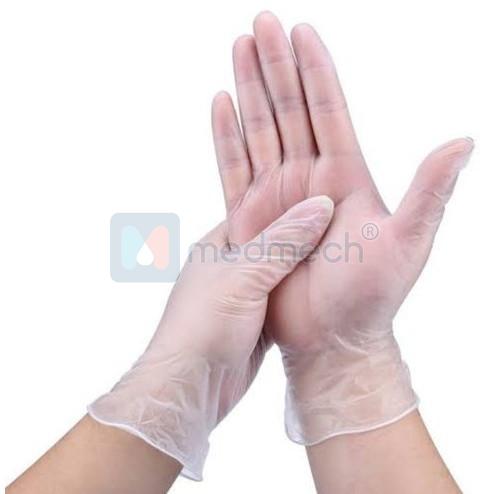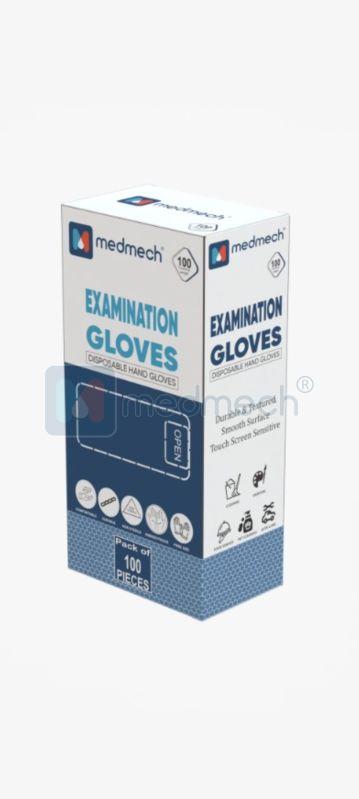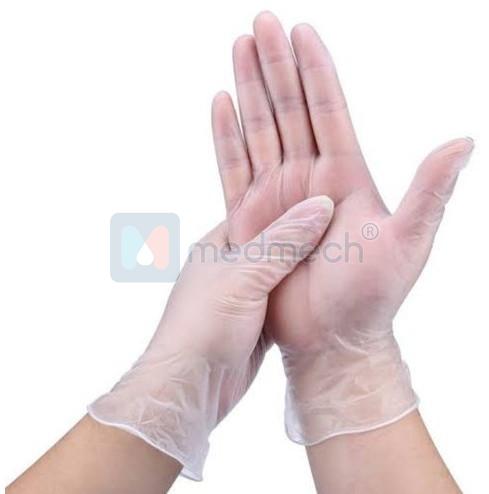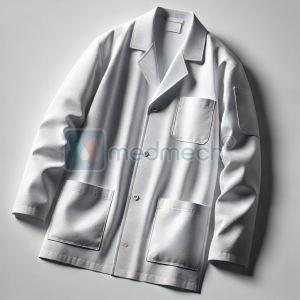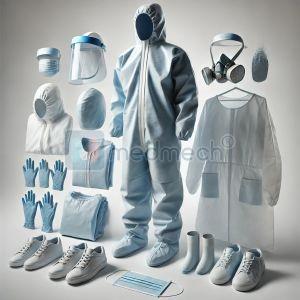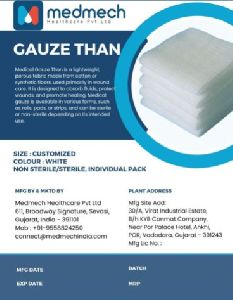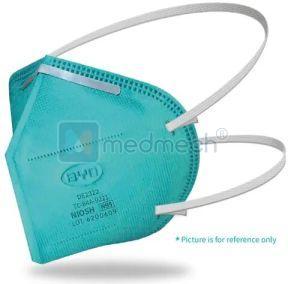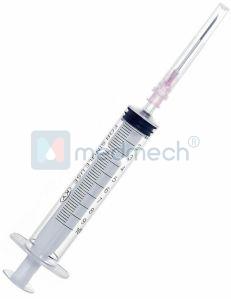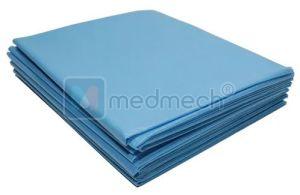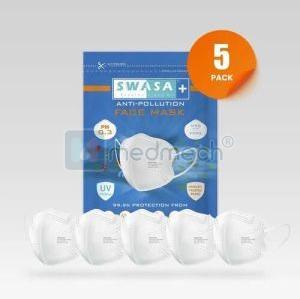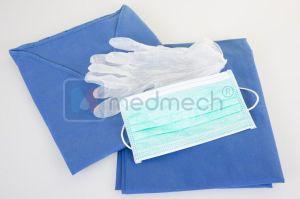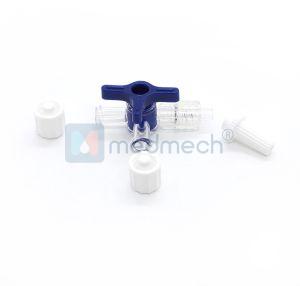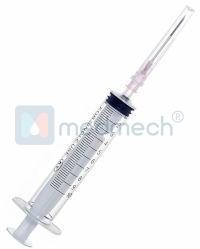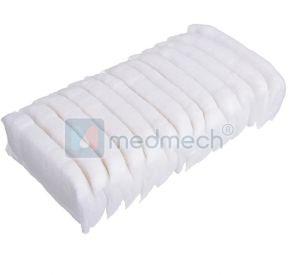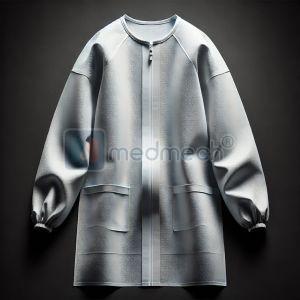- Sevasi, Vadodara, Gujarat
- View Mobile Number
| Business Type | Manufacturer, Exporter, Supplier |
| Country of Origin | India,Malaysia |
| Type | Vinyl Gloves |
| Pattern | Plain |
| Click to view more | |
Product Details
Vinyl gloves are a type of disposable glove made from synthetic polyvinyl chloride (PVC) material. They are designed to be used in a variety of tasks where hygiene and protection are necessary. Here’s an overview of their features and description:
Description:Vinyl gloves are non-latex, making them a great alternative for people with latex allergies. They are commonly used in industries such as food handling, healthcare, cleaning, and laboratory work, but they can also be used for general purposes where hand protection is needed. These gloves are usually available in both powdered and powder-free versions.
Features:-
Material:
- Made from synthetic PVC (Polyvinyl Chloride) plastic, vinyl gloves are soft and flexible.
- Non-latex composition makes them ideal for those with latex allergies.
-
Comfort and Fit:
- They offer a loose fit, which allows for easy donning and doffing.
- Not as form-fitting as nitrile or latex gloves, which can reduce dexterity to some extent.
-
Durability:
- While they offer basic protection, vinyl gloves are generally less durable than latex or nitrile gloves and are more prone to punctures or tears.
-
Protection:
- Provide a barrier against dirt, debris, and some chemicals, making them ideal for light-duty tasks like food prep and general cleaning.
- They are less protective against certain hazardous chemicals and sharp objects compared to other glove materials.
-
Cost-Effective:
- Vinyl gloves tend to be more affordable than nitrile or latex gloves, which makes them popular for high-volume or short-term use.
-
Latex-Free:
- A major benefit for those who suffer from latex allergies or sensitivities.
-
Powdered or Powder-Free Options:
- Powdered vinyl gloves have cornstarch inside to make them easier to put on and remove, but powder-free versions are often preferred in environments where hygiene standards are more stringent.
-
Color Options:
- Vinyl gloves are commonly available in clear, but they can also be found in a variety of colors like blue, black, or purple.
- Food Handling: The gloves help maintain hygiene and prevent contamination while preparing or serving food.
- Cleaning Tasks: They provide protection against cleaning agents and dirt.
- Healthcare: In situations where a high level of protection isn’t necessary, such as basic patient care or non-invasive tasks.

